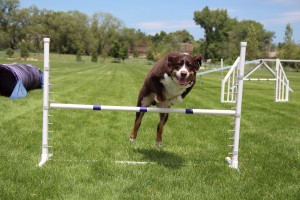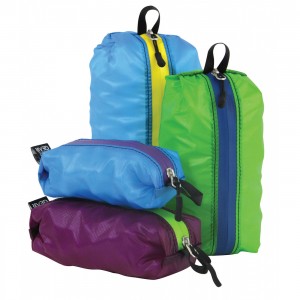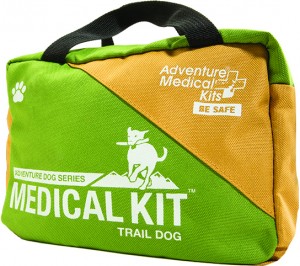Don’t Wait Until It’s Too Late; Doggy First Aid
My dog is Mighty Dog. The dog before him was Mighty Dog. Takoda’s predecessor lived to 16 without seeing more than swollen paws from running her heart out on single track; can you blame me if for some blond reason I forget dogs are just as human as we are. They get sick, they tear tendons, they succumb to cancer. Big stuff.
I hear stories. Dogs bitten by rattlesnakes, blowing out knees jumping from moving vehicles, waking up one day with lymphoma. There are much less traumatic- but still consequential- tales as well. Eating poisonous mushrooms, ripping open a paw pad, suffering hypothermia. These things are avoidable or at least treatable and they can definitely happen to your Mighty Dog. Just because you’ve gotten lucky doesn’t mean it can’t happen to you.
It’s time to study up. I piled into the classroom at the Utah Emergency Medical Training Council in downtown Salt Lake City, Utah, for the Pet First Aid and CPR class. The one-day course is designed to help pet owners provide temporary, urgent care to pets until they can get to a vet; but what it really does is teach you just enough to freak you out about future injuries. Ignorance is bliss. It’s stupid but it sure was nice assuming my dog was impervious to harm.
The evening opened with a discussion and hands-on demo of how to take your pet’s vitals via their pulse in their leg ‘pit’, pants per minute and body temperature. Once you’ve got that as a baseline and saved to your pet first aid kit you can compare them in a stressed situation to determine if they are in trouble.
We practiced on the live, class cat and a resusci-rover but it would have been sweet to have our own animals with us, thereby completing the class with the bonus of having our own personal vitals confirmed by a more-experienced EMT.
We talked about personal safety when approaching an injured pet and how to minimize risks by creating a make-shift muzzle from a cloth or rope. We covered a wide array of pet emergencies including bleeding and bite wounds, choking, burns, poisoning, and trauma, and finished out the night learning doggy and kitty CPR. Did you know that to administer CPR correctly (and who would have thought a dog could even be given CPR) you have to break his ribs?! It’s either that or let him die the tech told me. Gulp.
The biggest concerns (other than ticks and sore paws) when you are outdoors with your dog, however, are heatstroke and hypothermia. If your pooch has rapid panting, drooling, vomiting or collapses, she needs shade and cool wet towels to bring her temperature down. If he’s shivering, drowsy, and has a weak pulse, he needs warm blankets and hot water bottles to his torso.
Finally, it’s always a smart move to carry a pet-specific first aid kit in your pack (or your car if you don’t want the weight). You can create your own with a list like this one and stuff it in a Granite Gear Air Zipddity:
[gview file=”https://skiplaylive.com/wp-content/uploads/2015/09/pet1staid.pdf”]
Or make life easier by grabbing something basic like the Trail Dog Kit< from Adventure Medical. It’ll cover immediate cuts or paw injuries that might happen on a hike with dressings, bandages and a splinter/tick remover.





